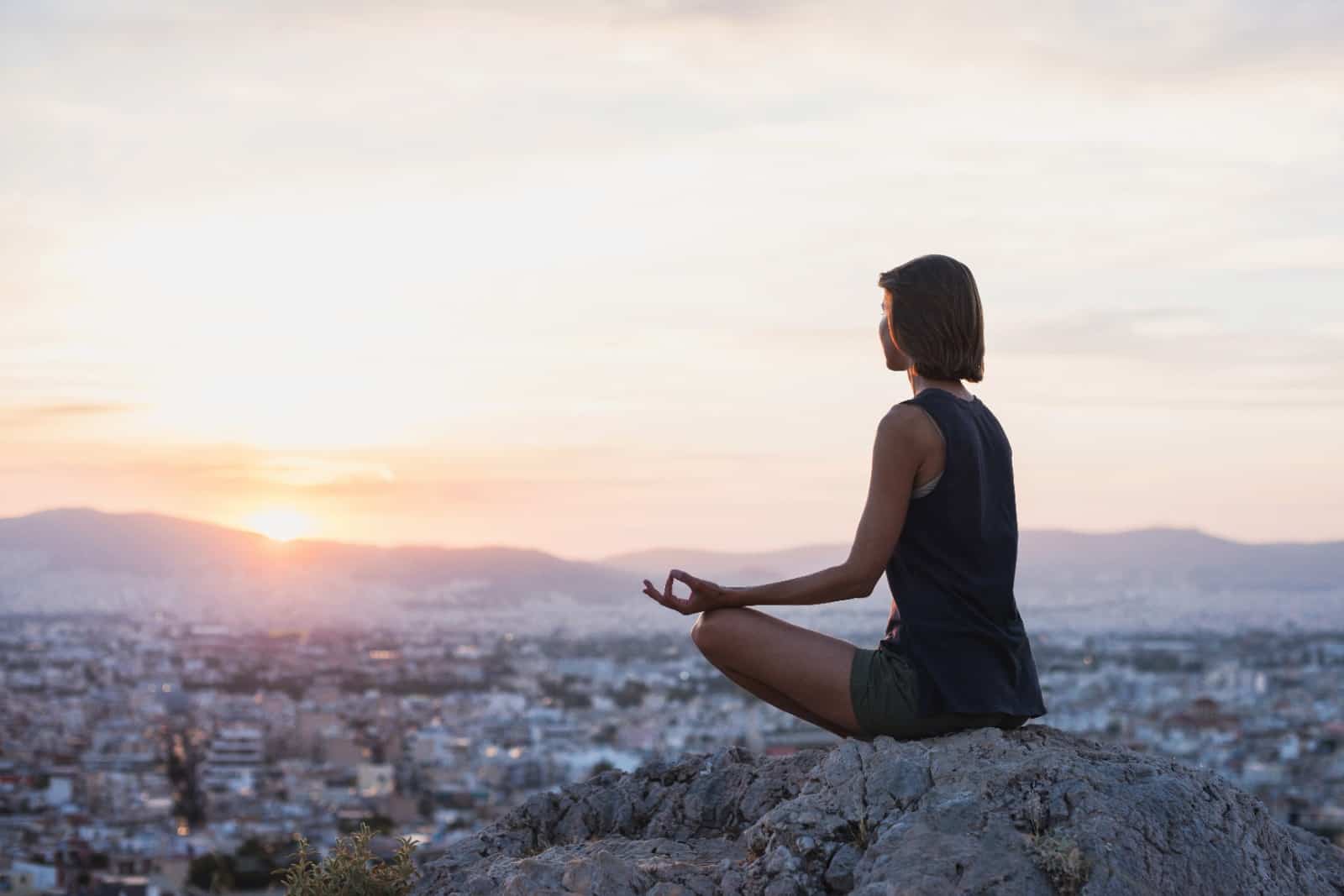Is there a wrong way to breathe during meditation? Mindfulness meditation is a fantastic way to create awareness of our surroundings and find a sense of peace within ourselves. Often, those who are at the very beginning of their mindfulness meditation practice, people get distracted thinking about their breathing too much. People wonder if they should breathe as they usually would or if they need to breathe in a specific way.

Is there the right way to breathe during meditation?
Meditation experts emphasize the importance of breathing naturally. If your breathing is shallow, let it be; if it’s deep, allow it to be deep. You can also start your meditation by taking deep breaths that will enable you to relax throughout the process.
How to Breathe During Meditation: The Preparation Process
Before you start your meditation session, it’s best to find a spot away from distractions. Inform your family and friends that you need some time alone for meditation. It’s also essential to find a natural position such as sitting on a chair, cushion, or bench. Your back should always be straight to allow natural breathing.
Getting in the right mindset to meditate is simple. If you’re a beginner experiencing difficulty with mindful breathing, we advise you to consult an expert. They will recommend the right tools and training when it comes down to meditation. They’ll suggest the right tools like Bacopa Monnieri Amazon products, which support focus while promoting calmness and relaxation.
Additionally, in this age of information, there are numerous resources from the internet that can guide beginner’s meditation sessions until they can do it on their own. They can get materials from YouTube channels and articles from various expert blogs.
Breathing Should Be Natural
You may choose to keep your eyes open or closed; go with your preference.
It might be easier to concentrate with your eyes closed, but keeping them open is a better strategy in the long run. Keeping your eyes open during meditation means half-open because your gaze will be directed towards a certain point in front of you. Settle your gaze on an imaginary spot – this works better because meditation is about accepting everything as it is – your sight and sound included.
The downside of keeping your eyes closed is that it can create an artificial state, like a dream, while you should be concentrating on the present. Experts recommend that beginners close their eyes at first to find focus and reduce distractions, then open them to boost the understanding of the mind.
Once you settled, you can use an initial deep breathing technique to relax. Take a deep breath through your nose for three seconds and hold it for two. Then, exhale for four seconds through your mouth. Repeat this a couple of times until you feel relaxed then transition to more natural breathing.
Breathe through your nose, unless your nasal passage is blocked, but keep your mouth closed or slightly open. During the entire meditation session, allow your body, breath, and mind to remain as they are.
Concentrate on the Present
Mindfulness means paying close attention to what is happening at the moment. It’s discovering the beauty of the present moment rather than worrying about the future or the past.
Thoughts about the future and the past often lead to the culmination of stress, anxiety, and depression. They can also lead to distracting thoughts about everyday activities, so you often find yourself fantasizing about what will happen later today or tomorrow. Concentrating on the present through meditation helps develop a sense of contentment and lasting happiness.
Mindful breathing requires paying attention to your inhalation and exhalation. At that moment, notice the sensations as air flows through your body and as your belly moves up and down. If your mind gets distracted from breathing, bring it back gently and firmly. Practicing mindful breathing, for even 15 minutes each day, can improve the quality of your life.

In Conclusion
Meditation is an art that can be learned with time. It’s beneficial in reducing stress levels and improving the quality of life. Give it a go and see how all areas of your life will gradually improve.
photo source | adobe

